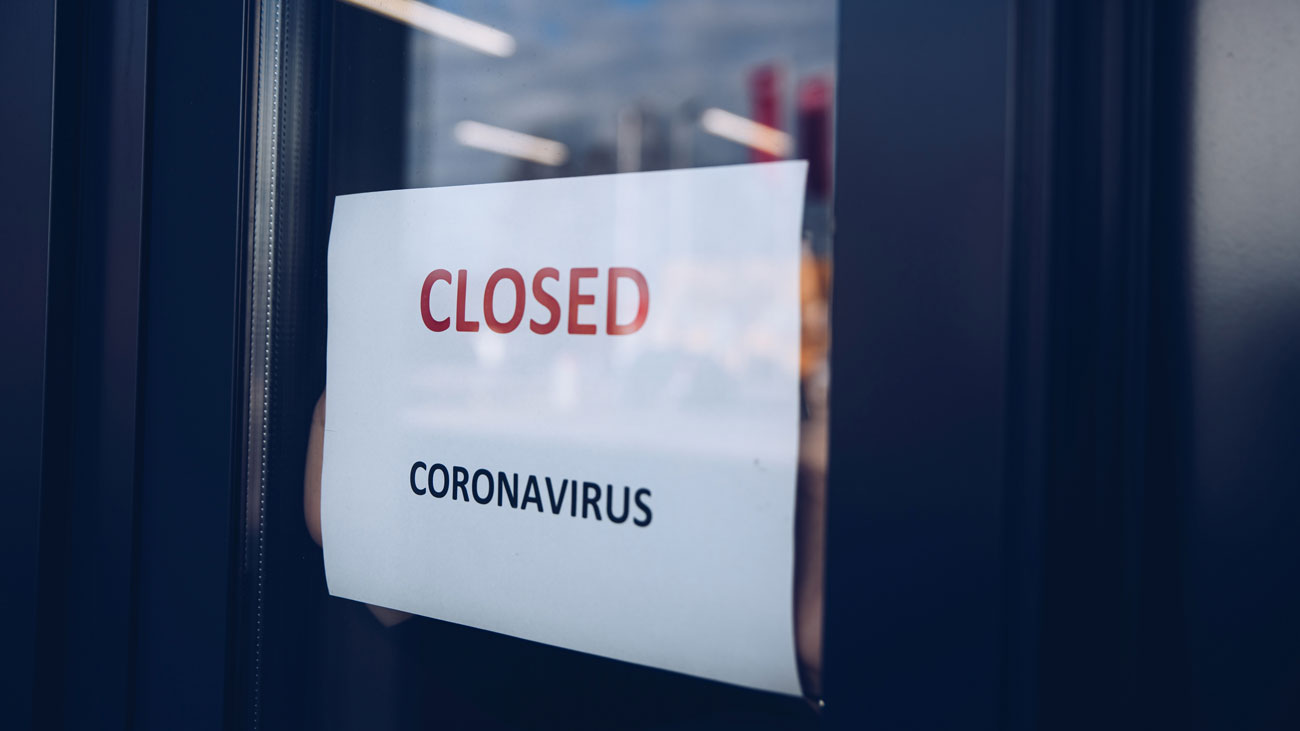
Risk assessment: the ‘reasonably foreseeable’ test
Risk assessments are often the first thing to be reviewed in the event of an accident. Claire Deacon PhD, Health and Safety Trainer with International Workplace, looks at how the ‘reasonably foreseeable’ test may be applied.
Risk assessments are the core of every activity. Or should be. Morally, keeping people safe is the right thing to do, and it is one of the core principles of the Health and Safety at Work etc. Act 1974. How risk assessments are done is left to the organisation to determine, as long as those who are doing the tasks, whether employees or external parties, are protected.
In organisations, risks assessments can be carried out by one person or a number of people, including a number of reviewers.
Whether at board level or at the coal face, when preparing to do a set of activities there is a risk assessment that needs to be done. Risk assessments are made up of a number of hazards that can be found in the tasks, projects or processes needing to be done. Most risk assessments will quantify two core aspects relating to the hazards, namely the likelihood (how frequently does the task, project or process occur) and the consequences (likely outcome). Other risk assessments may just look at a low, medium or high aspect across those two core aspects. While there is an international standard around risk assessments it is up to the organisation to determine what method is suitable. Often a heat map is used to identify the risks, similar to a traffic light. Green represents low risks, amber medium, and red high.
The critical issue is what happens when there is a serious accident, or a near miss or incident with high potential to have resulted in an accident. Risk assessments will be one of the first things reviewed by those in authority, internally or externally. When the risk assessments are reviewed, it’s the gaps that are looked for. The term ‘reasonably foreseeable’ generally would be one of the tests applied.
The reasonably foreseeable test is essentially to determine whether the risks were foreseeable or not. Three tests are applied.
The first is the common man test – can the ‘man in the street’ see the problem?
The second test is the industry expert. Someone with extensive experience in the field who knows all the steps and inspections etc. would present an opinion on what they determined should be done, and what they could find (positively or negatively).
The third test is the expert, a combination of the industry expert and much more. The expert will look at all the facts and present a response on all the documents and information provided.
Two of the three tests need to be passed to determine the level of reasonable foreseeability. If the man in the street who has no knowledge of the issue identifies the gaps, and the industry expert provides evidence in a similar manner, those that were involved in putting the risk assessment together are likely to be in great trouble.
So, the responsibility to close the gaps between the potential risks identified and how they are reduced or mitigated is a management one, and is how liability is reduced. Mind the gaps.







